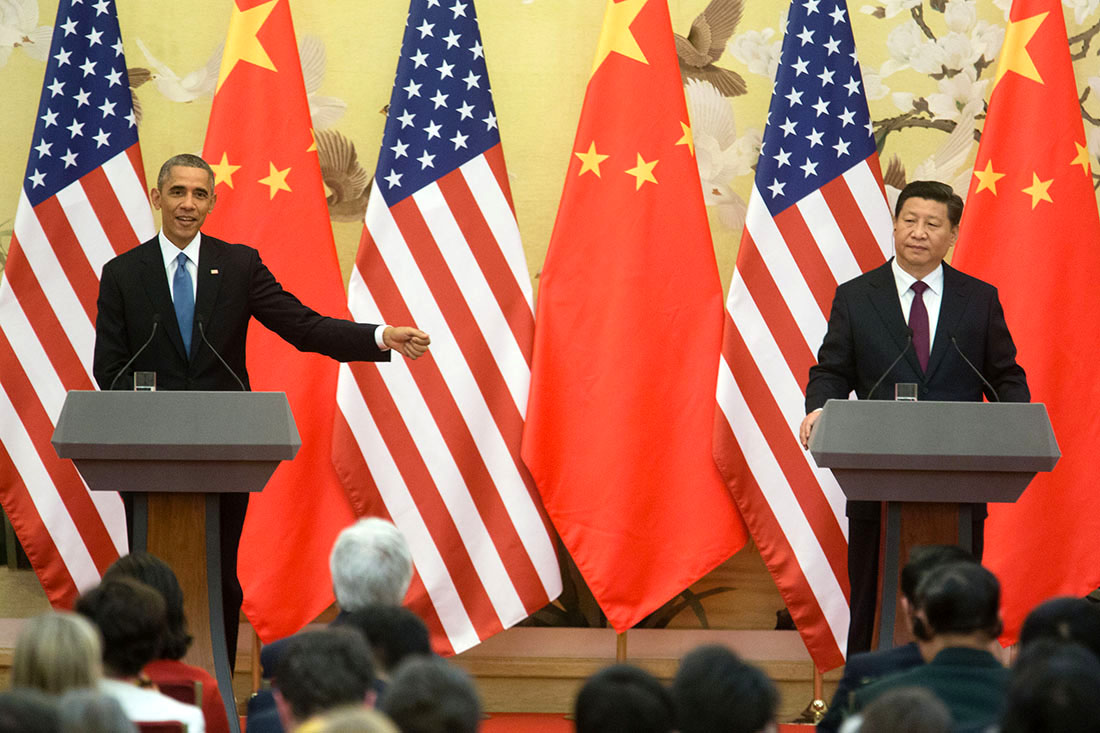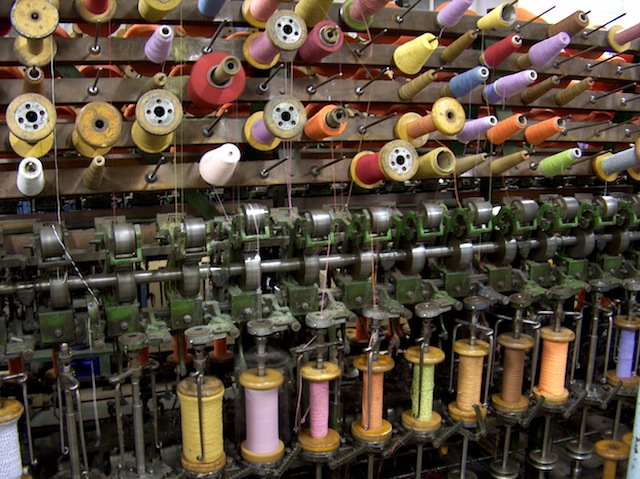Las Vegas exists as a fleecing machine for tourists and for the impoverished freelancer stuck in the town over a weekend, the best idea is to get out of it.
So the Grand Canyon sounded like a good idea, despite being a long day – departing at 6.30am and returning after 9pm – the price of $79, plus gratuities to the driver, sounded like a good way to spend the Sunday.
The day didn’t start out well with the connection bus not showing up, the Mandalay Bay separate Tour Lobby on a different floor to the main lobby where I was standing. It was apparently beyond the ken of the connecting driver to call my number to check if I were around.
Adding to the irritation was calling the Grand Canyon Tour company directly, as instructed, five minutes after the scheduled time only to be told ‘he’s running late, just wait”. Twenty minutes later on calling the company again I was told I wasn’t there for the pickup, something they could have told me earlier.
Panicking, angry and anxious about missing the bus I jumped in a cab to get to their depot. Fortunately my hotel wasn’t too far from the company’s depot and the fare was only $15, for other passengers it could have been substantially more.
Long check in queues
It turns out there was little need to be stressed about missing the, the tour company’s shuttle buses drop passengers off at a central check in place where the queue was literally out of the door. After check in you can pick up a complimentary breakfast Danish and a coffee of tea and buy bottles of water before boarding the bus.
Bottled water isn’t available in the Grand Canyon park area so bring your own container, or buy some for a dollar each at the Las Vegas check in terminal, you can refill them in the park or at Williams railroad station at the lunch break.
The right hand side of the bus is best for views, particularly in the desert during the first two hours before a refreshment break just outside of Kingman, Arizona. Castle Peak Bar and Grill is the quirky desert truck stop that acts as a refreshment stop and the food isn’t recommended.
Running commentaries
As the tour continues, the driver gives a running commentary of the sights on the way accompanied with videos on the Grand Canyon and Hoover Dam. If you’re doing the Hoover Dam journey another time, it’s worthwhile to do it after this tour as one of the videos is a documentary on the building that will help you appreciate the project even more.
The videos help while away the ten hours of travel and the bus also has Wi-Fi although you’ll probably find a better signal with your own mobile device. The seats also have power sockets available although I didn’t get to test them.
One thing to remember when booking the tour is gratuities are not included and the driver expects a tip. Budget for five or ten dollars each.
After Kingman, the next step is Williams, Nevada, a tourist town that features the oldest diner on Route 66 and the terminus for the privately operated Grand Canyon Railroad where the company puts on a complimentary lunch.
Enjoying a lunch
Lunch is a surprisingly good buffet featuring soups, salads and hot dishes with a soft drink thrown in, the swirl icecream cones are nice touch. If you have a water bottle to fill, there’s a filling station outside the restrooms at the other end of the station from the restaurant.
Williams is an hour from the Grand Canyon and the tour stops twice. It’s worth getting off the bus at Mather Point, the first stop, and then taking the Rim Walk around to the main Village which is the collection point. If you do this, let the driver know and find out the time he expects to leave.
In our case the bus was late due to several people being lost. This is a problem when the return to Las Vegas is well into the evening. There is a dinner break at the Kingman Carls Jr on the return leg.
Good for a quick tour
Overall, the Grand Canyon tour is a good trip if you’re in Las Vegas and on a short schedule. However it’s certainly better to give the canyon more time and stay overnight.
If you can find accommodation in the main village – when I attempted it was fully booked – then taking the tour company’s one way option each day or hiring a car would be far better given the National Parks runs evening tours and both sunset and sunrise are spectacular times with the opportunities to see more wildlife.
Should you have several days, having a car to explore Boulder, the Hoover Dam and Williams along with spending one or two nights in the park would be highly recommended.
For those time poor and based in Vegas, the Grand Canyon tour is a good option, however the big gripe with Grand Canyon Tour Company is its organisation. To avoid future customers having the incredibly irritating experience of missing the shuttle due to being in the wrong place, the company could do with more streamlined procedures and even a better use of technology – such as SMS notifications.





